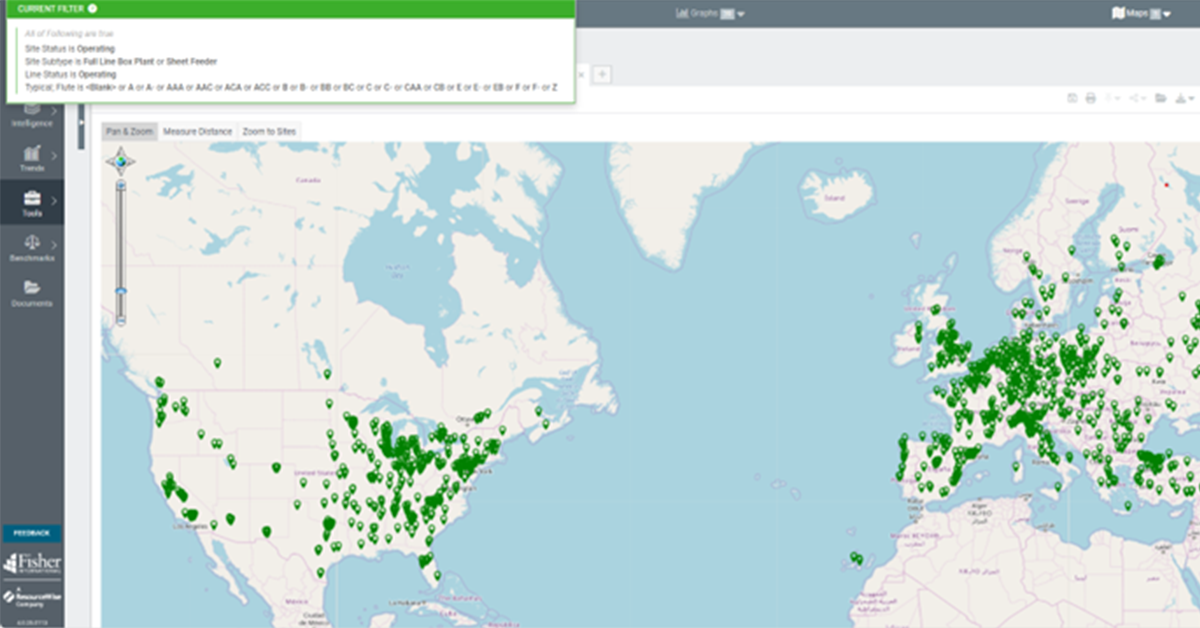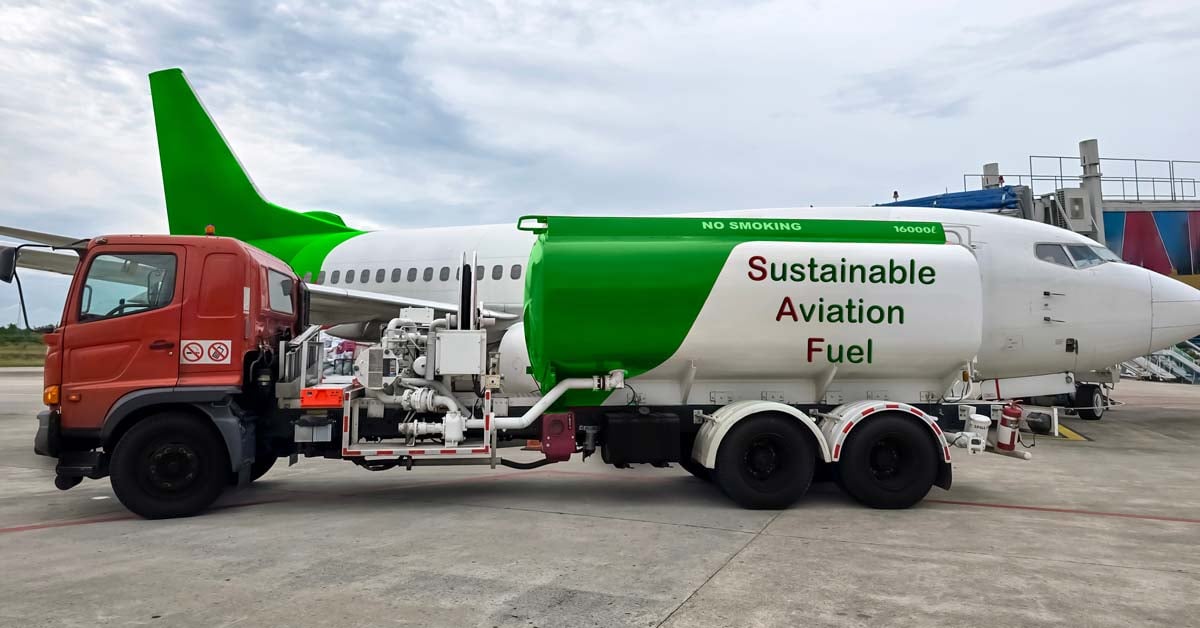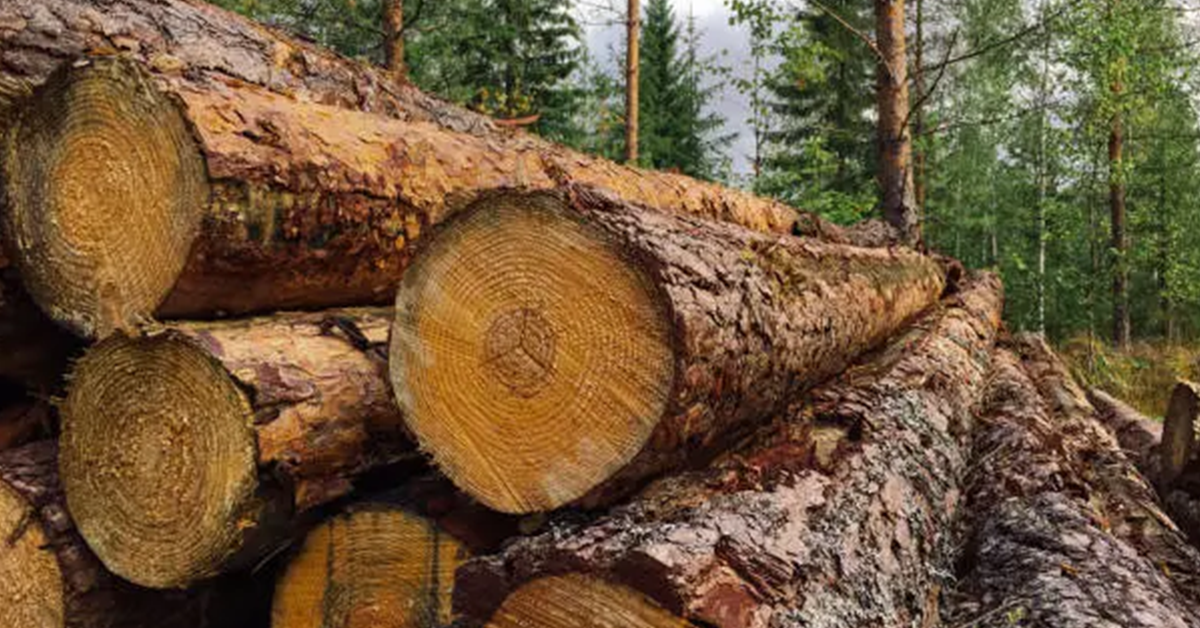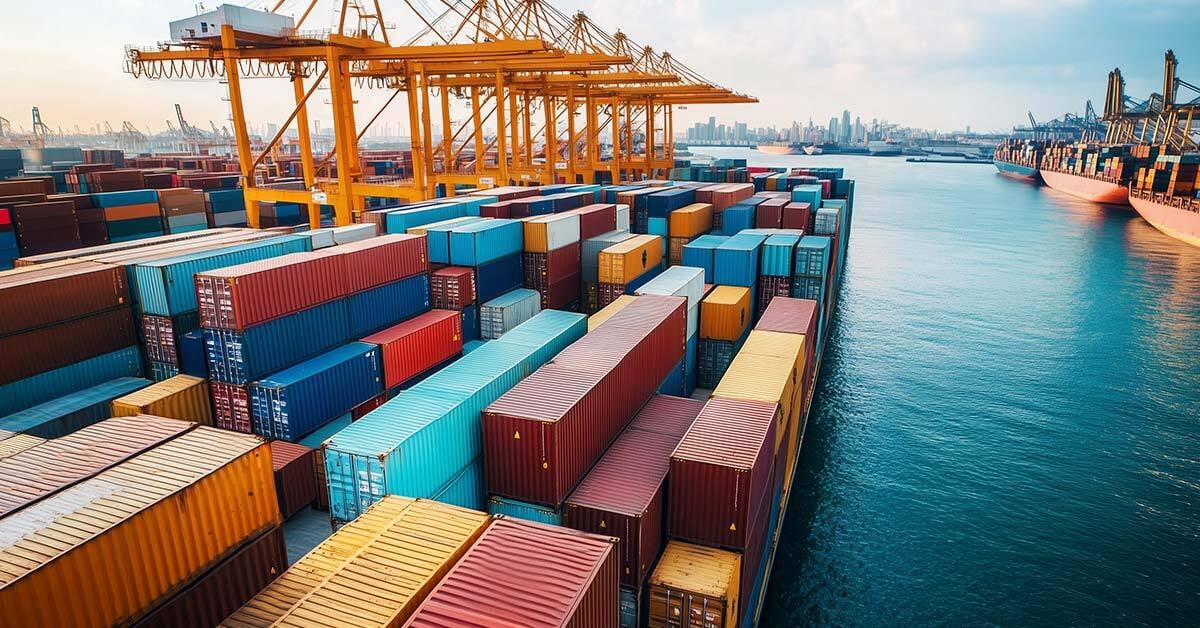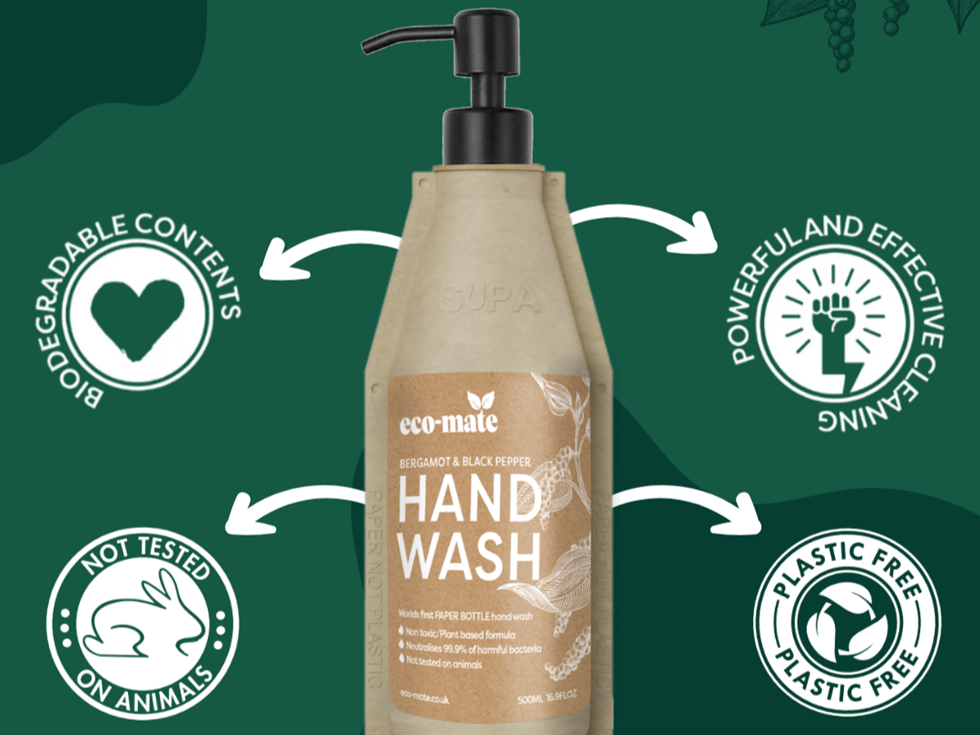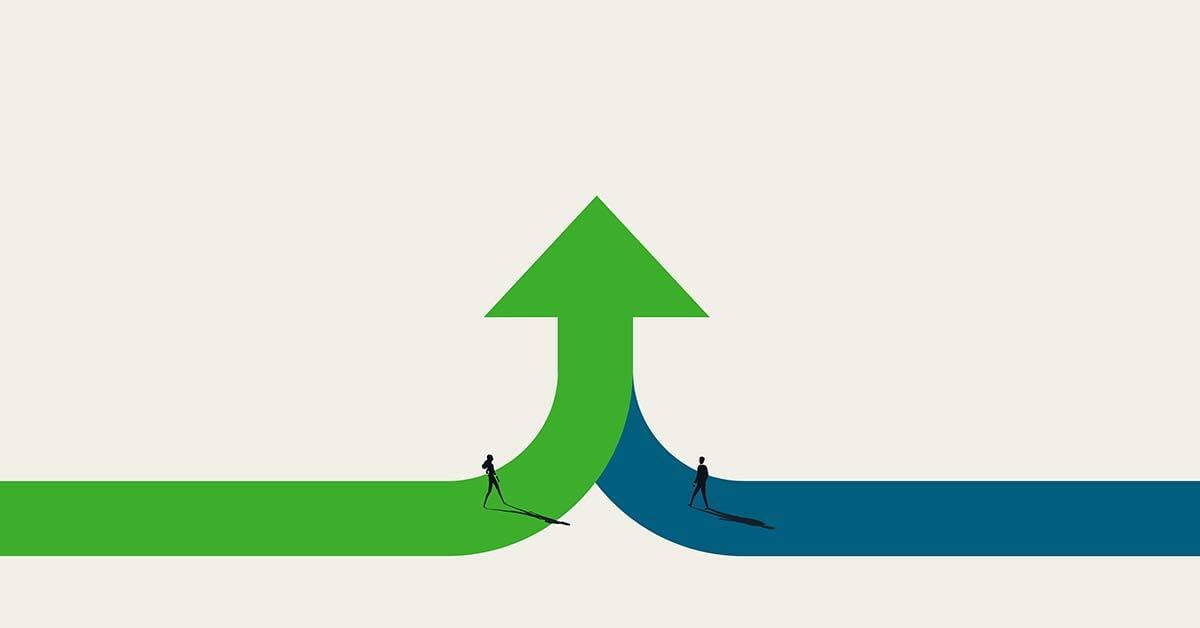
2 min read
DCM Shriram's Strategic Leap: Acquiring HSCL for ₹375 Crore
On June 12, 2025, DCM Shriram Ltd. announced a transformative step in its growth journey, approving a definitive agreement to acquire 100% equity share capital of Hindusthan Specialty Chemicals Ltd. (HSCL) for ₹375 crore. This acquisition marks DCM...
Read More

